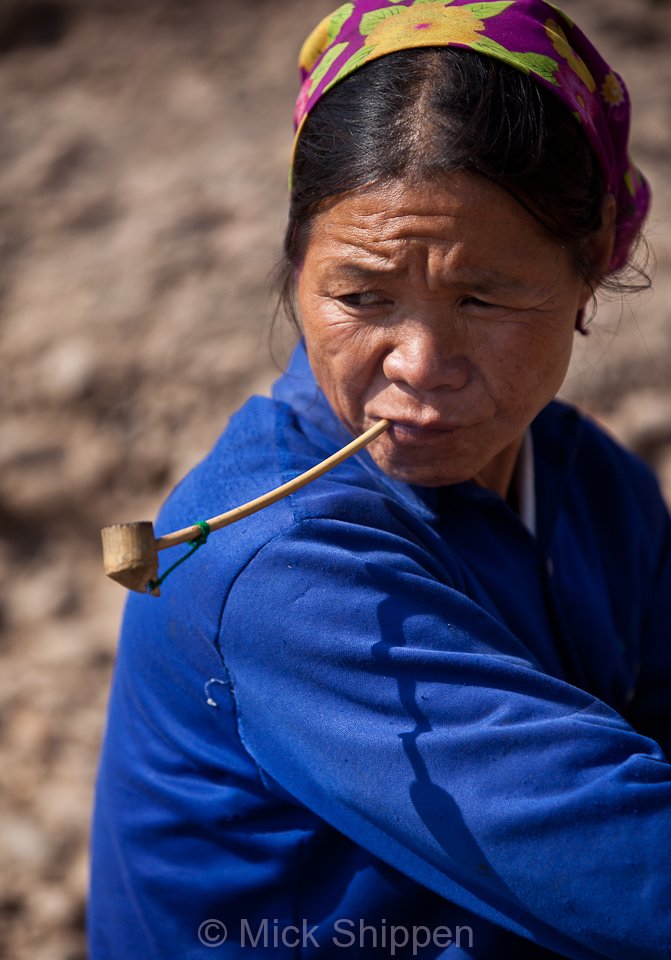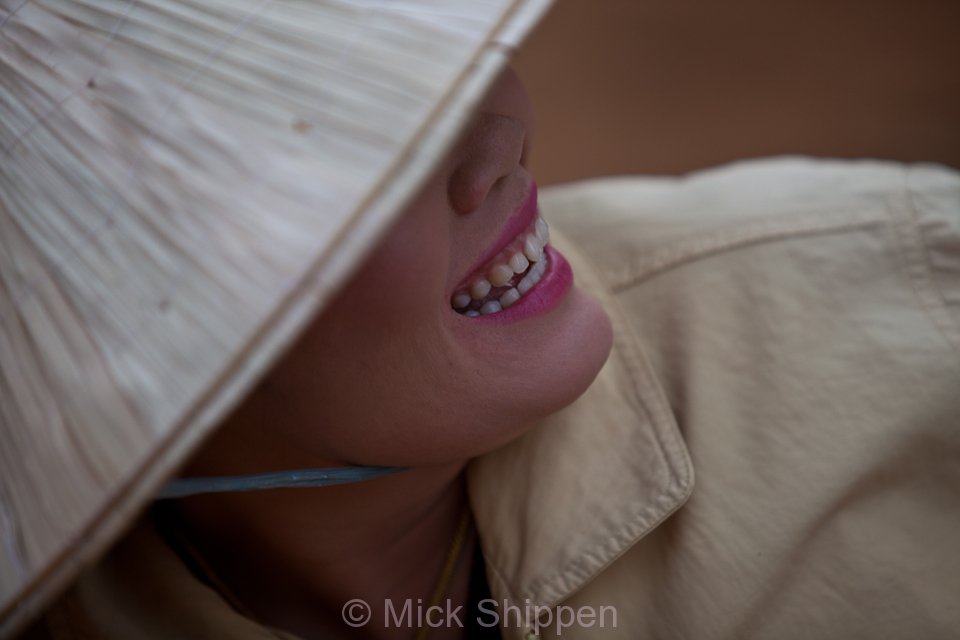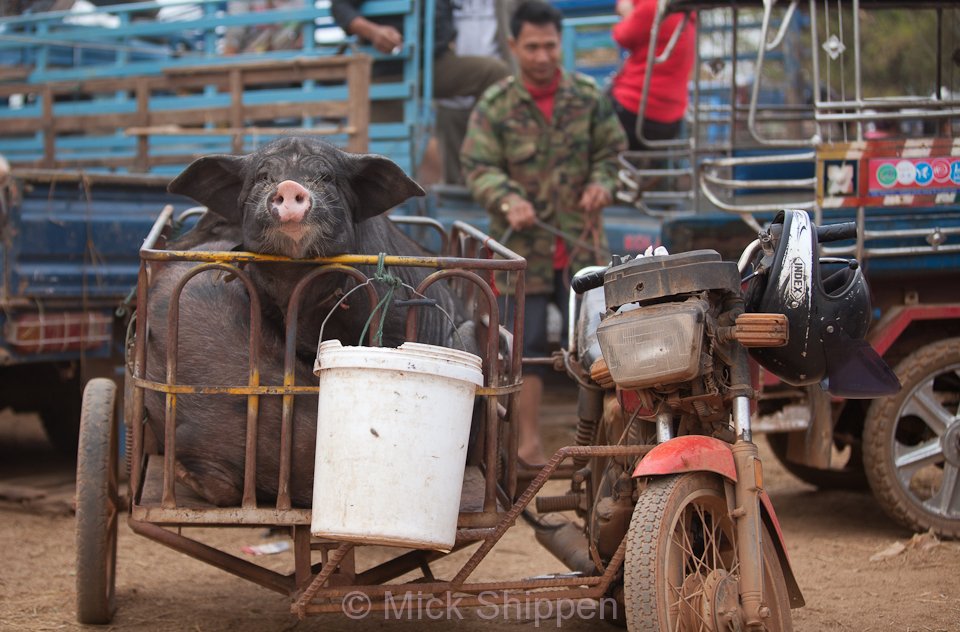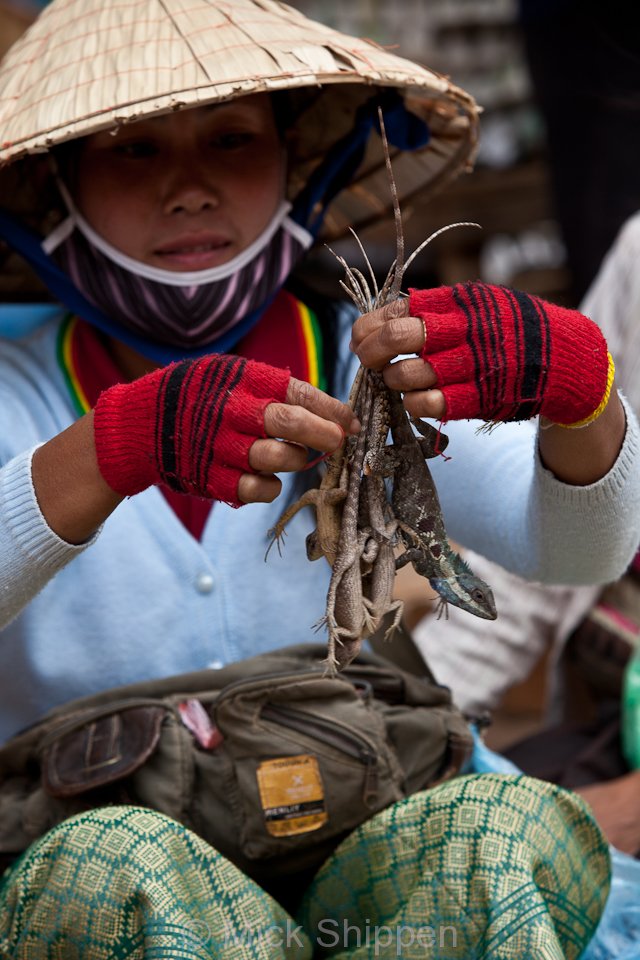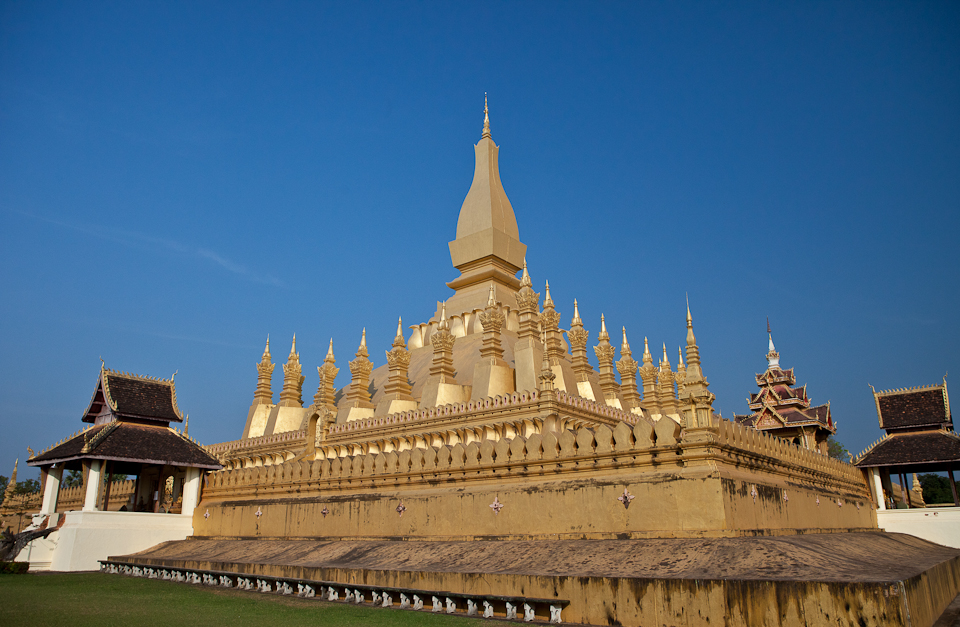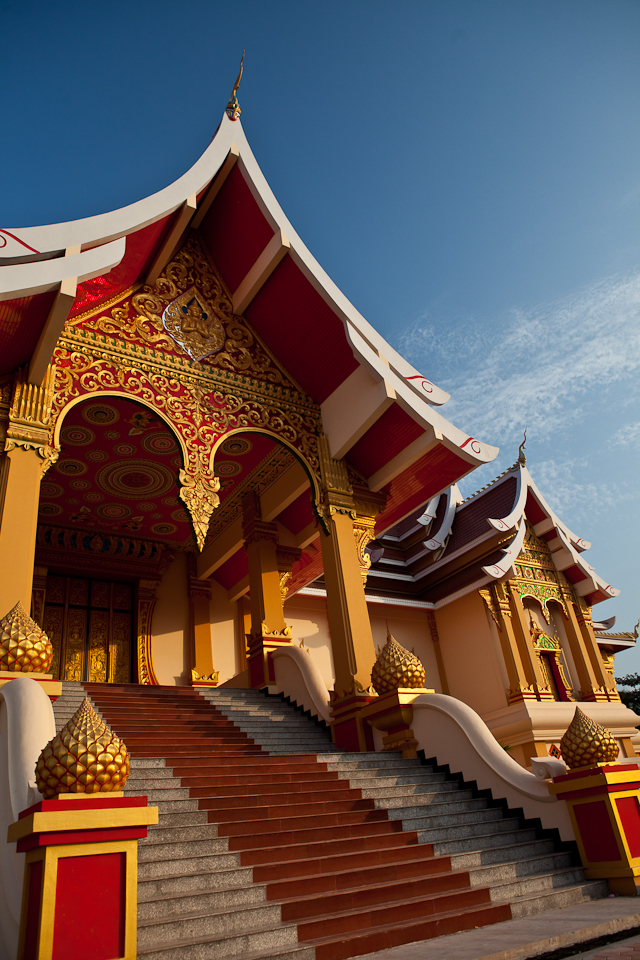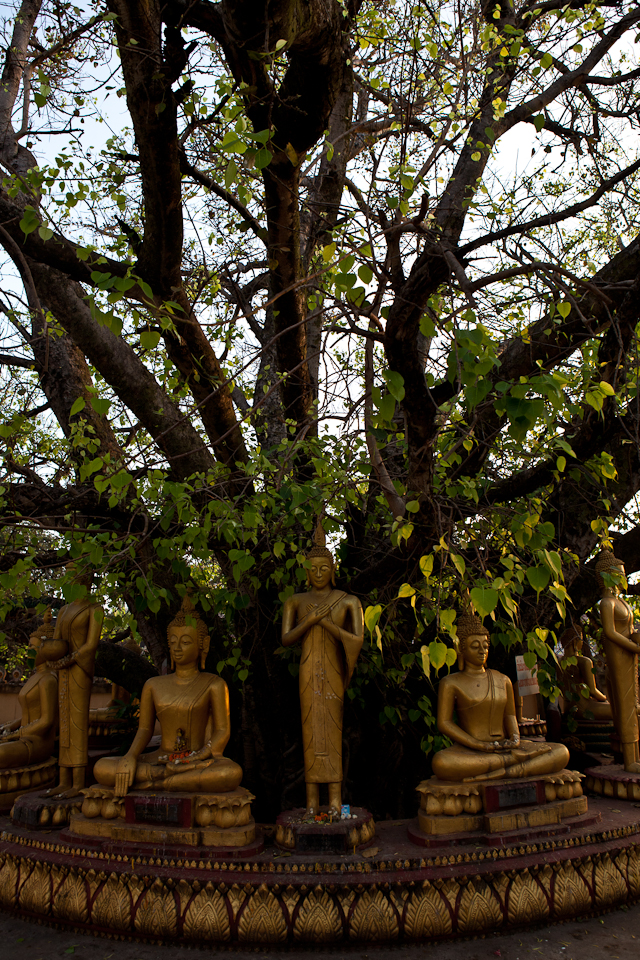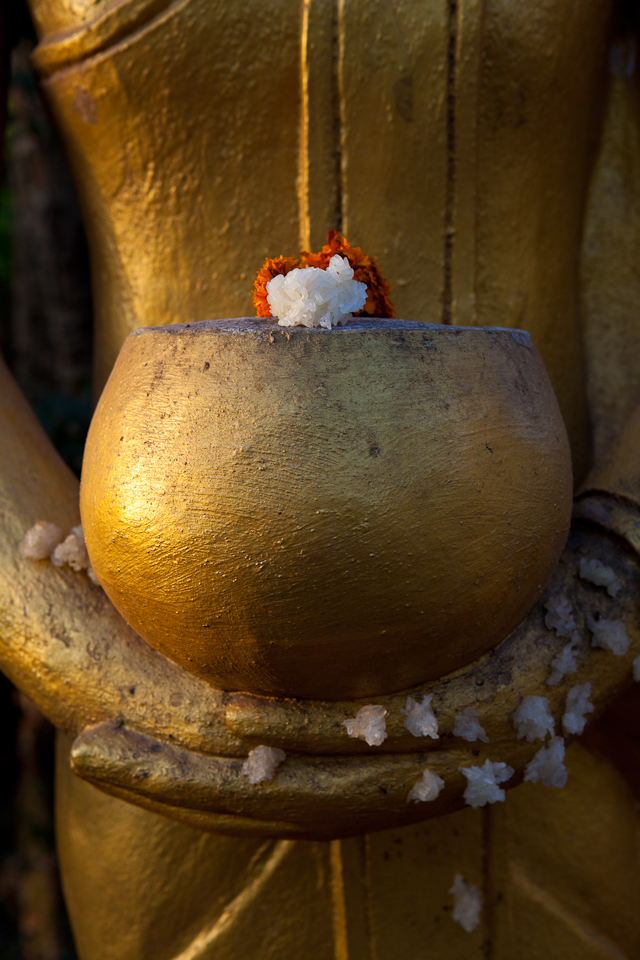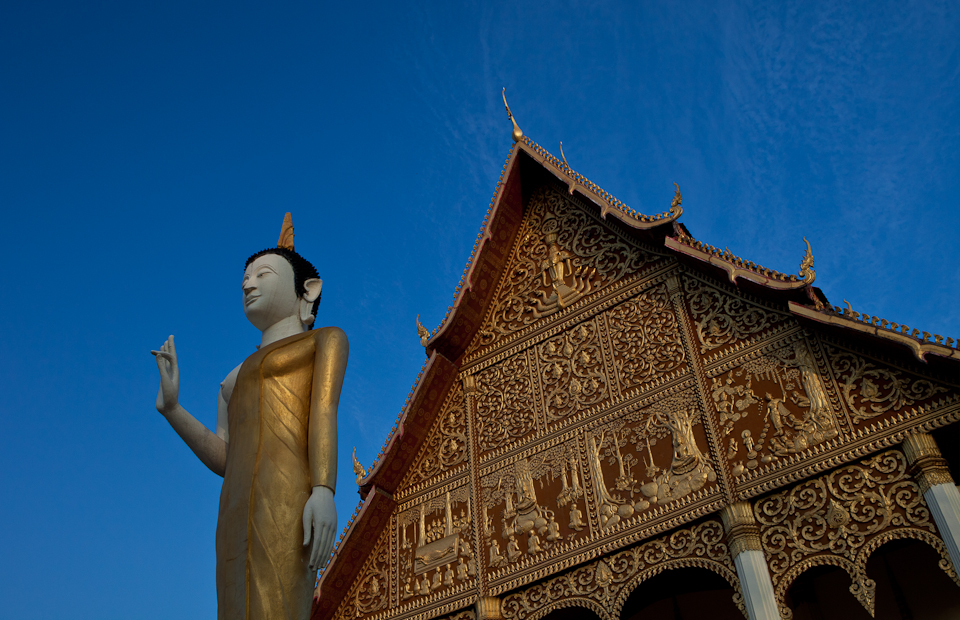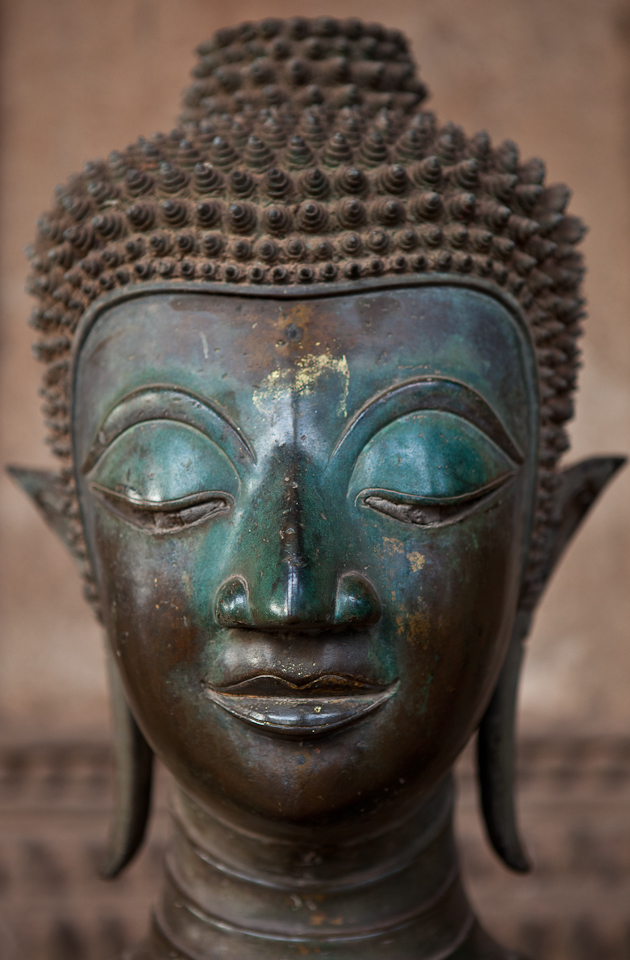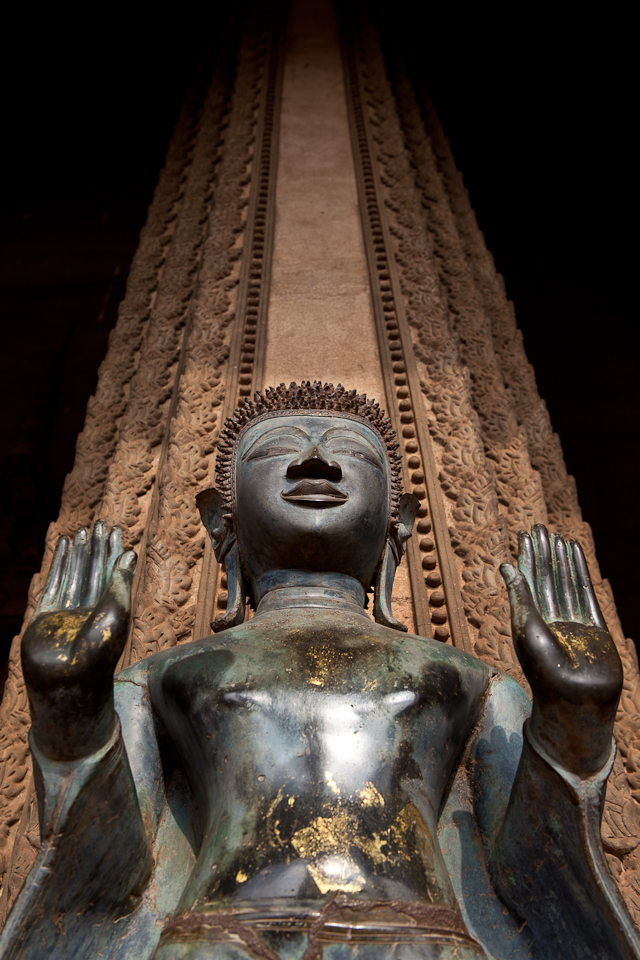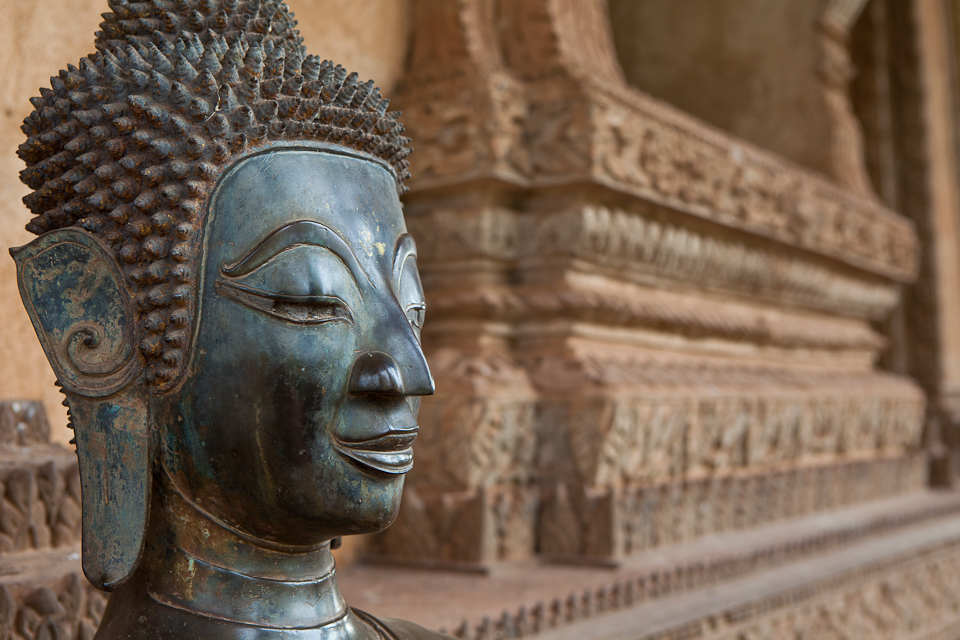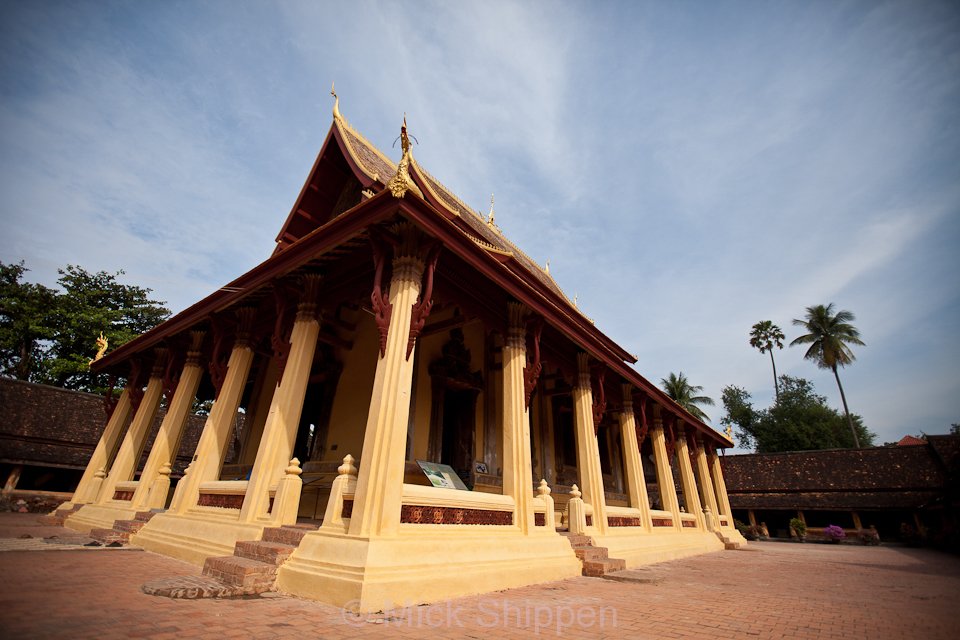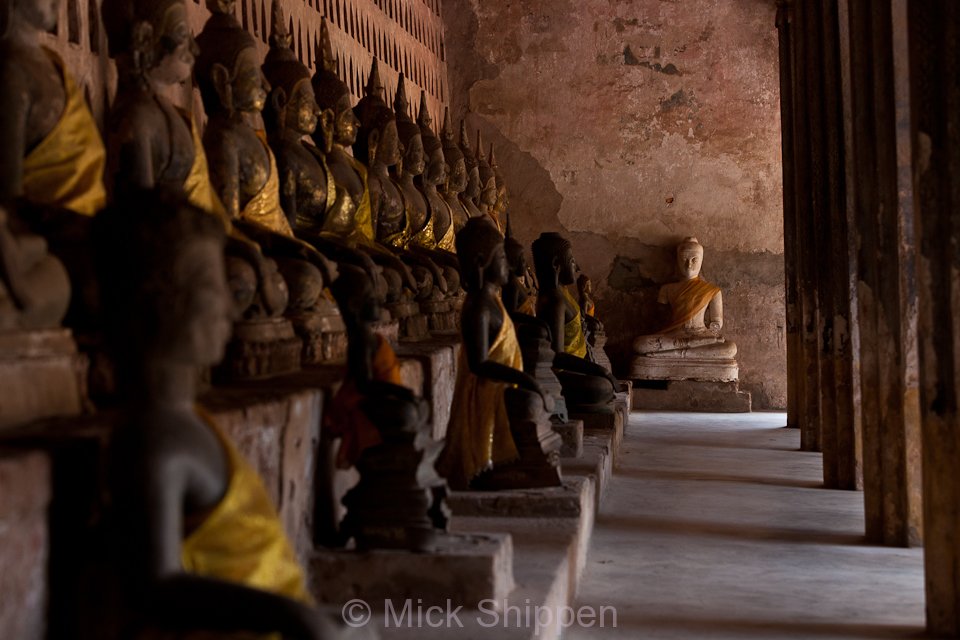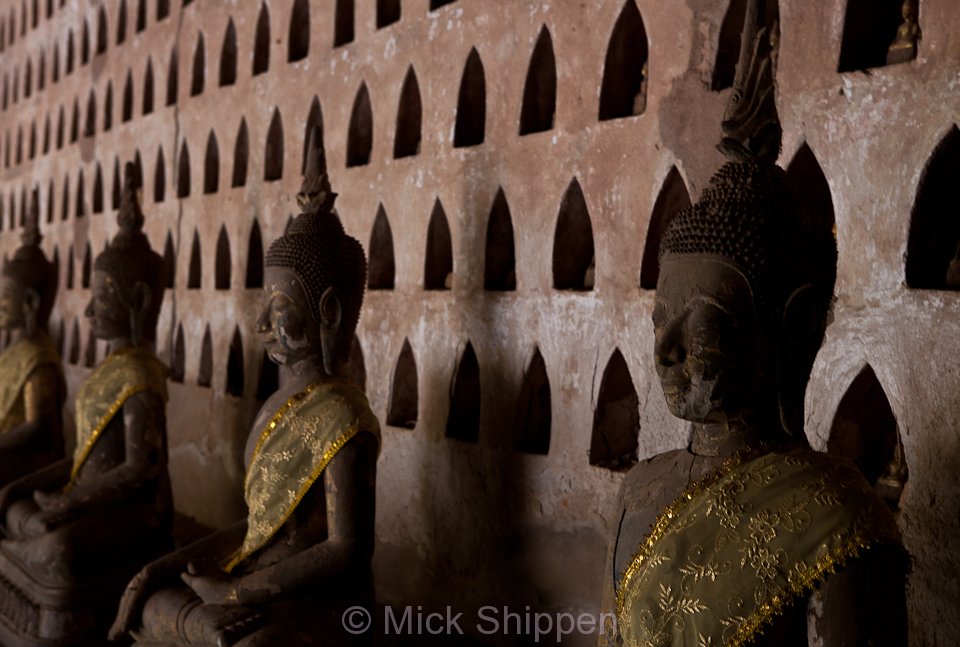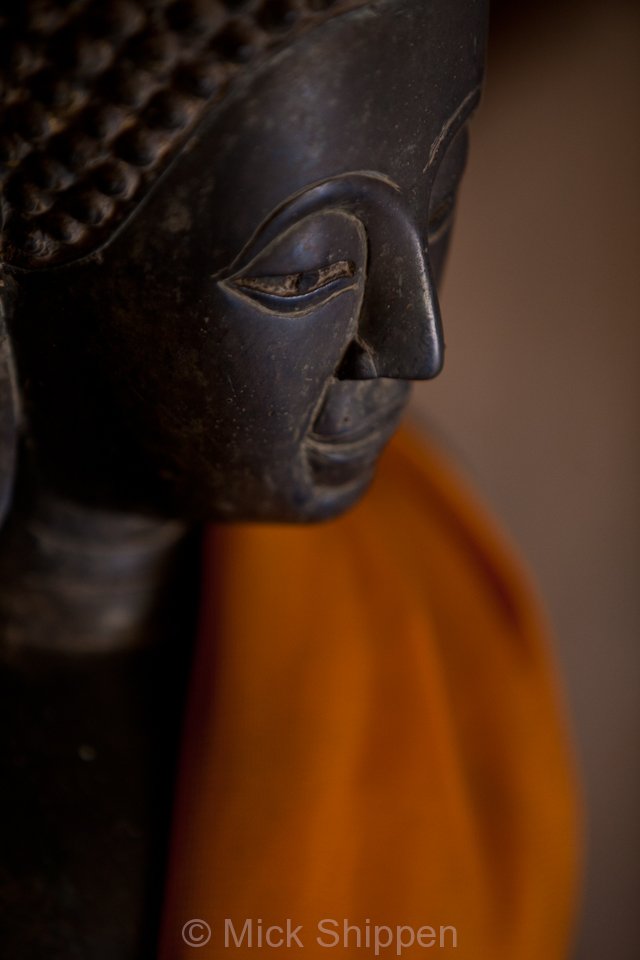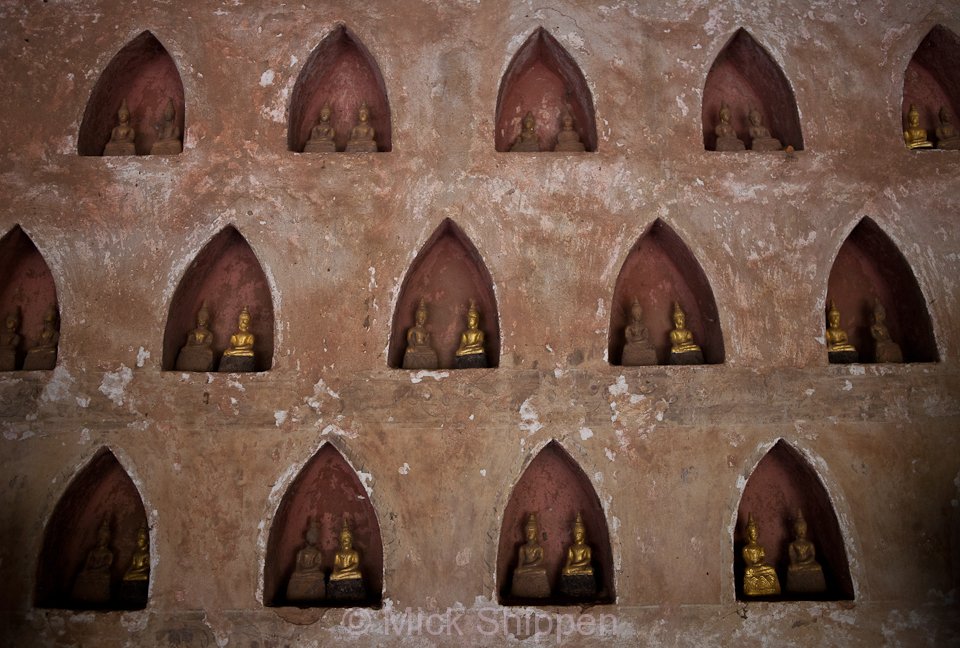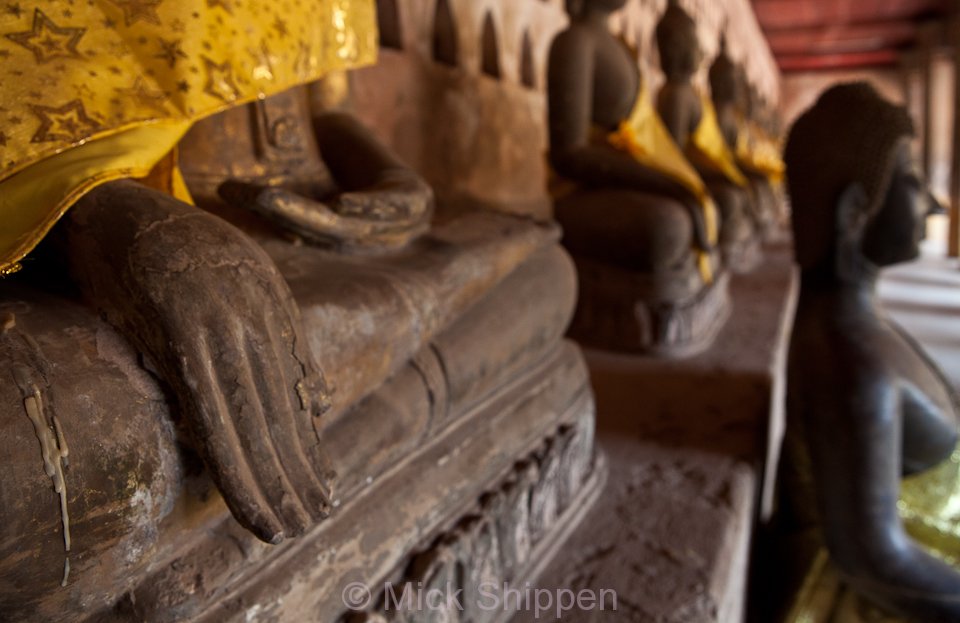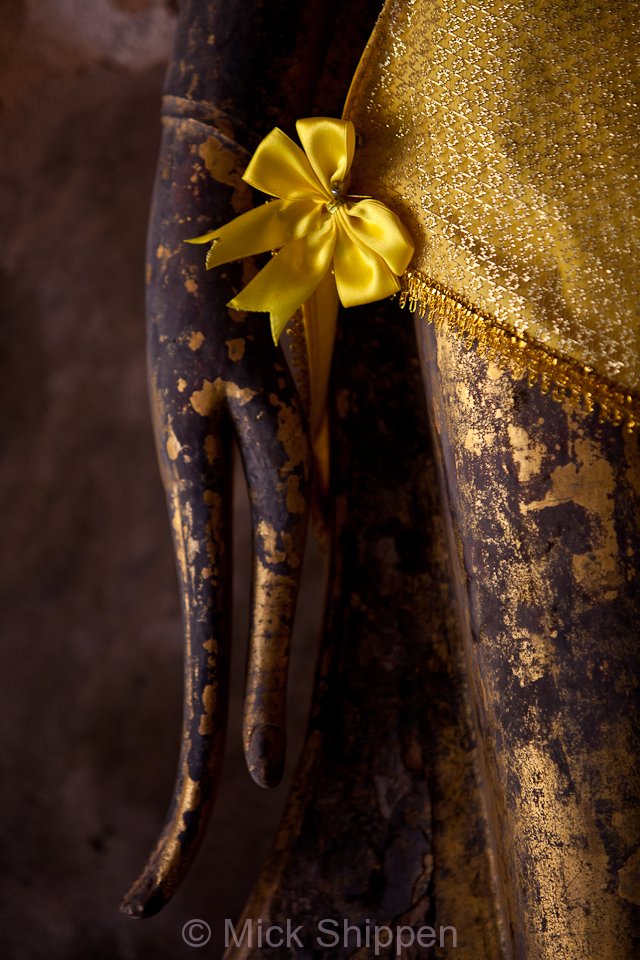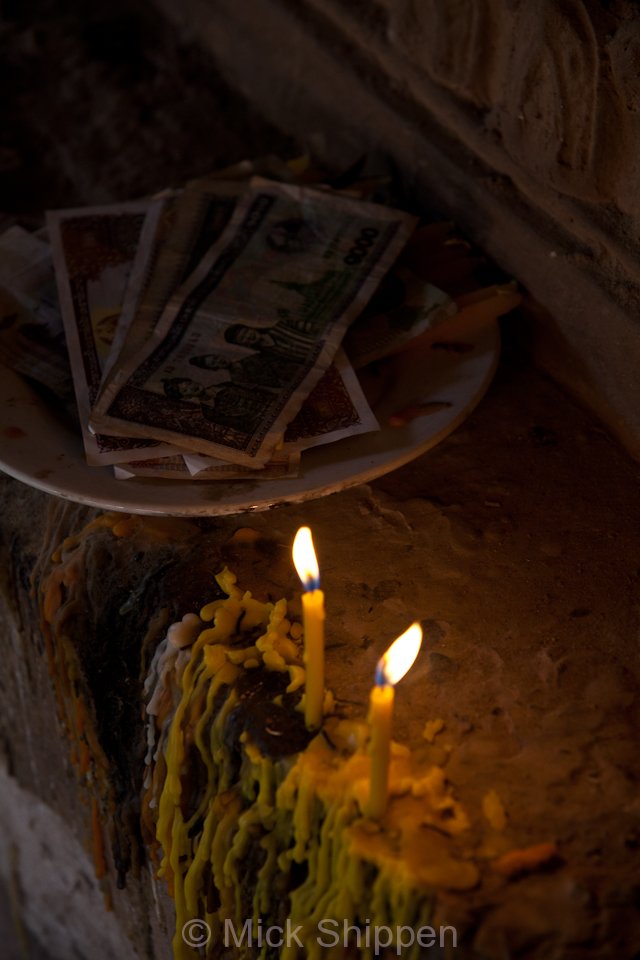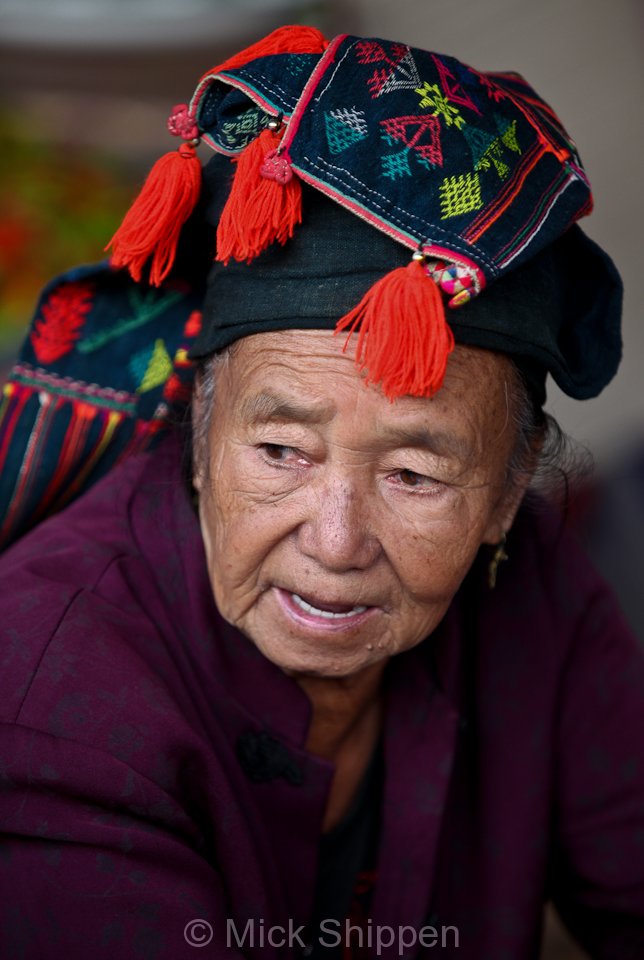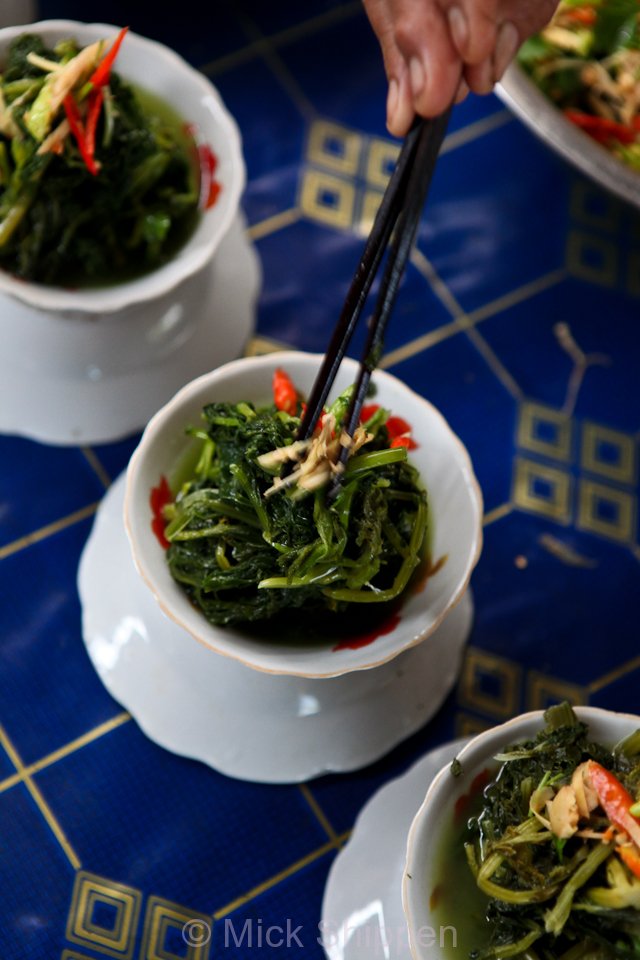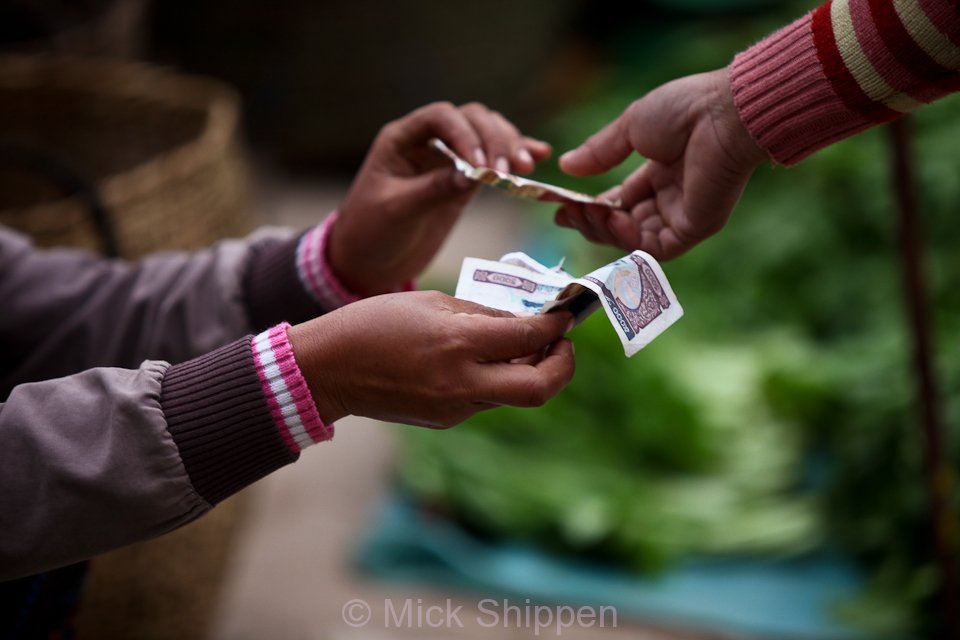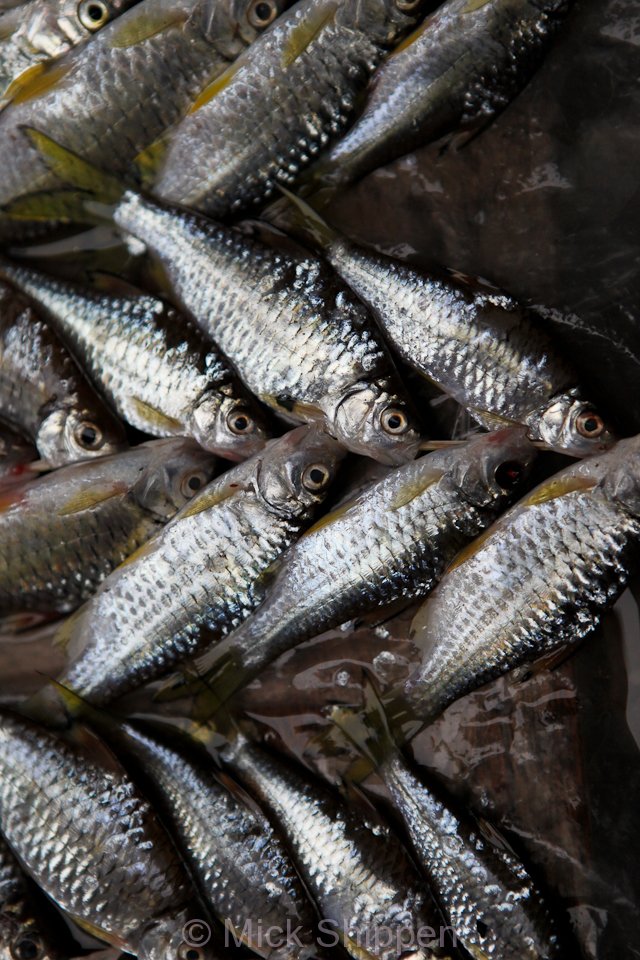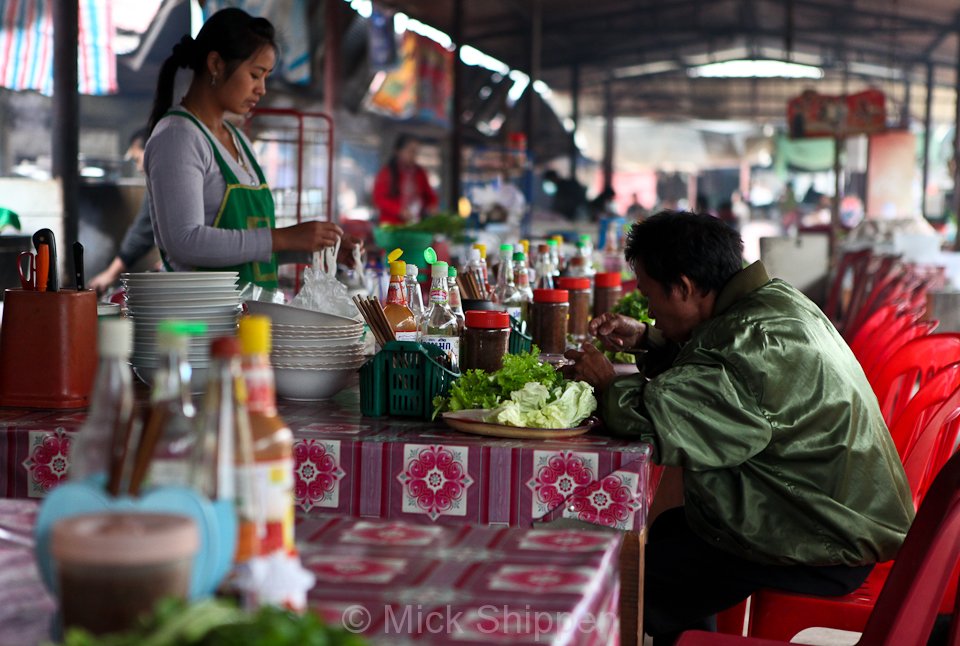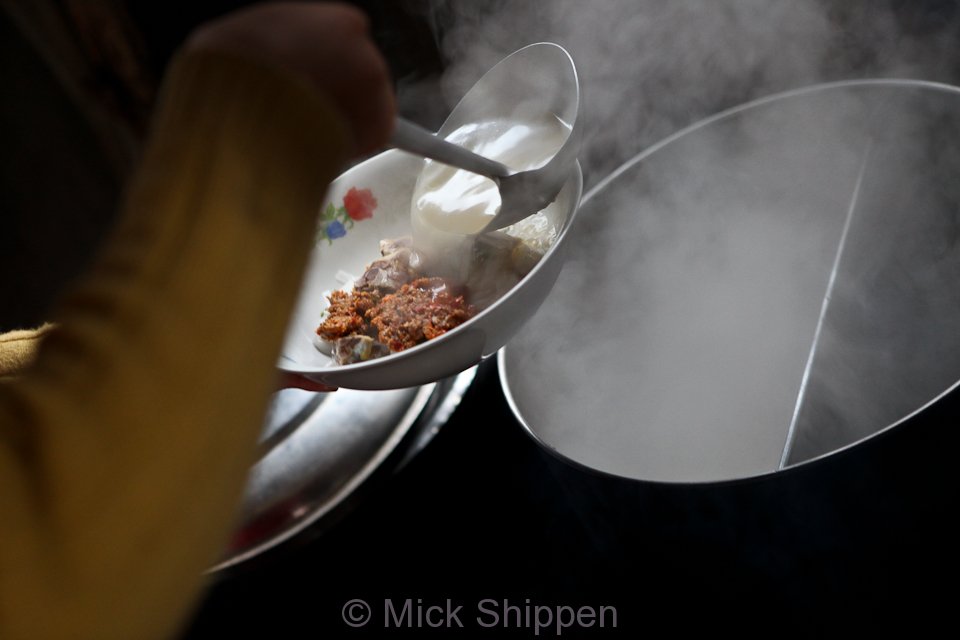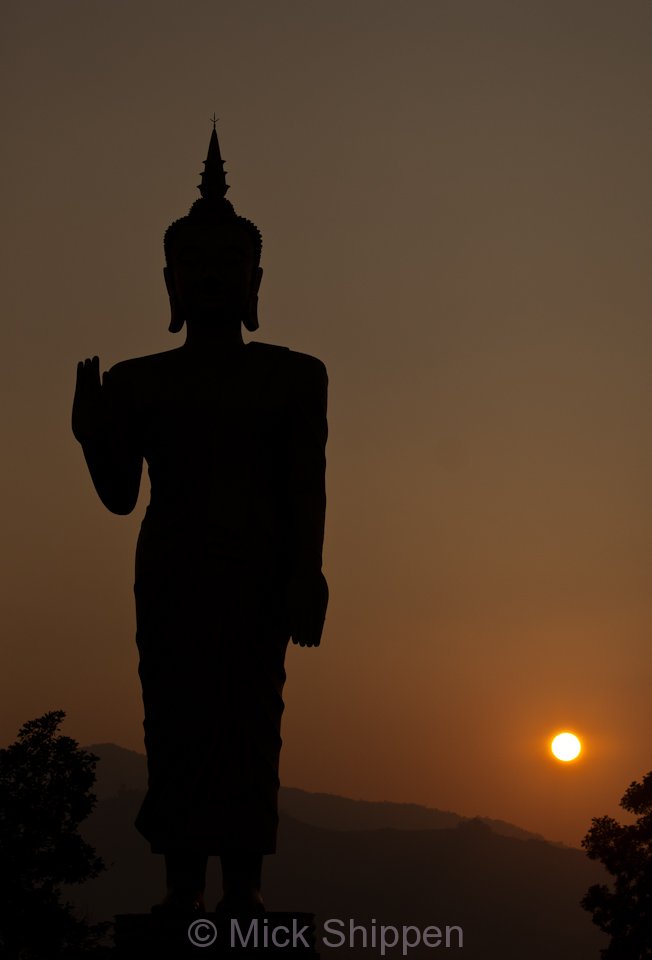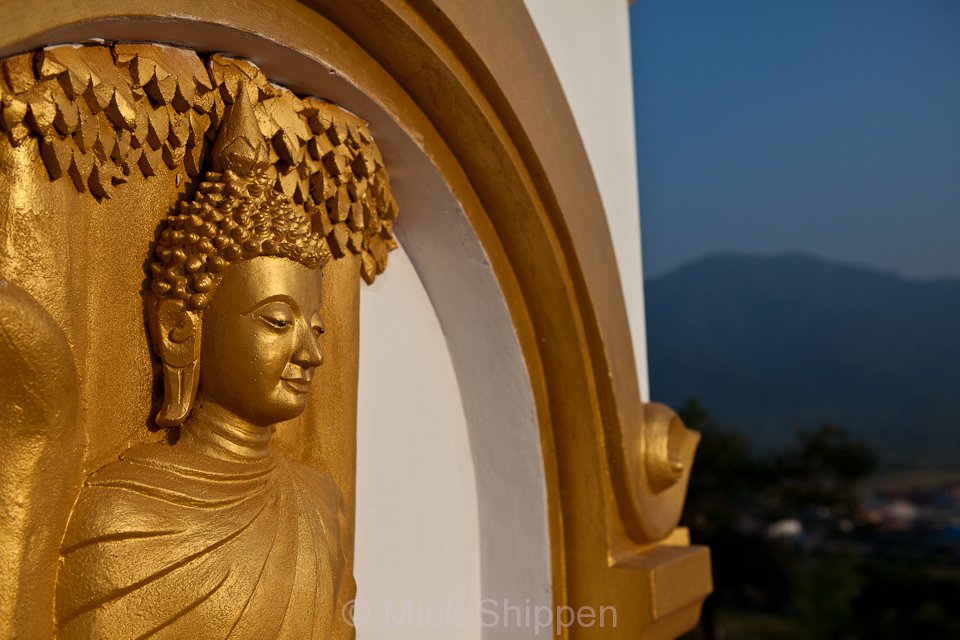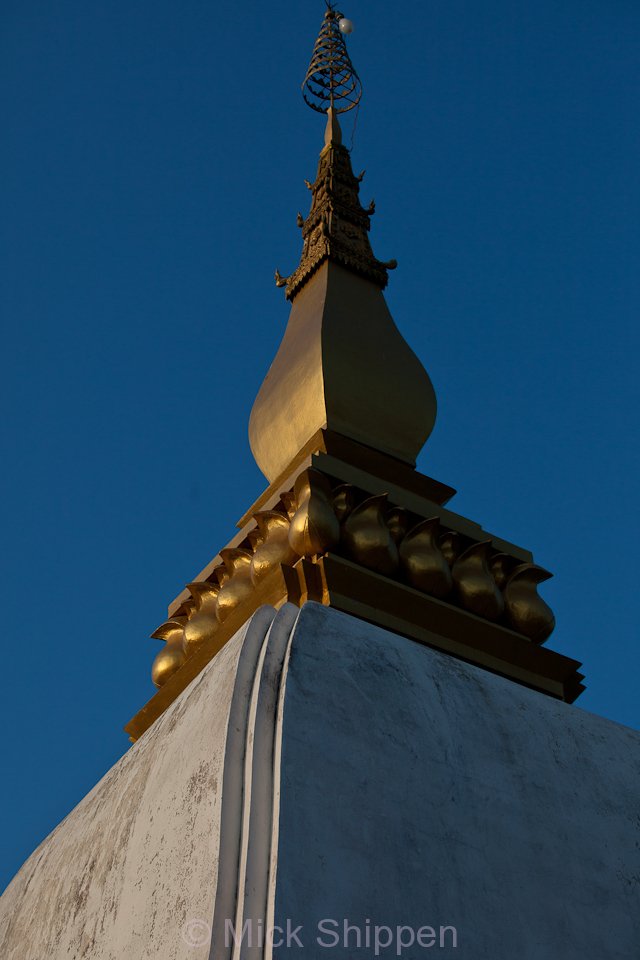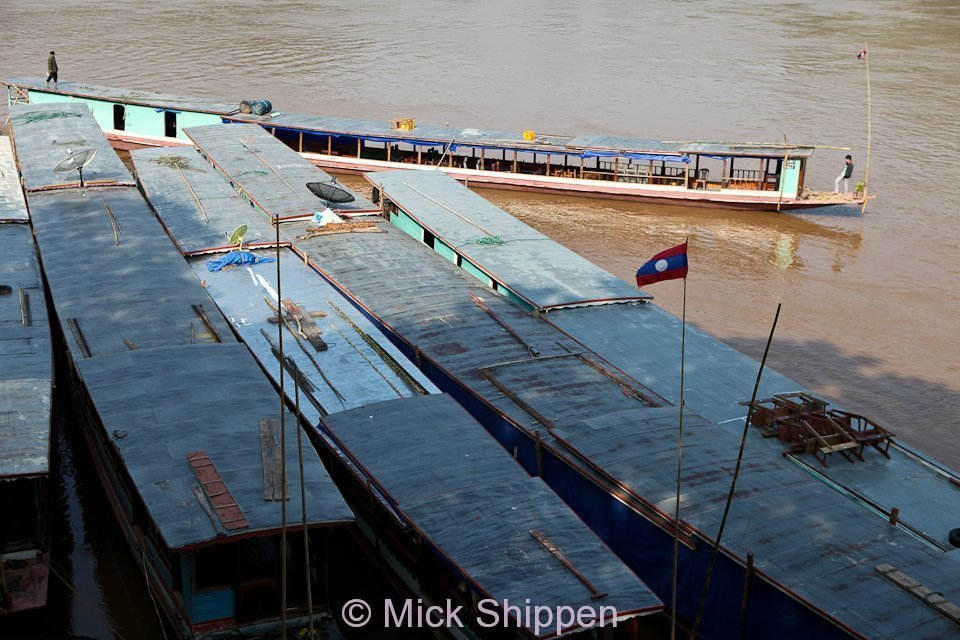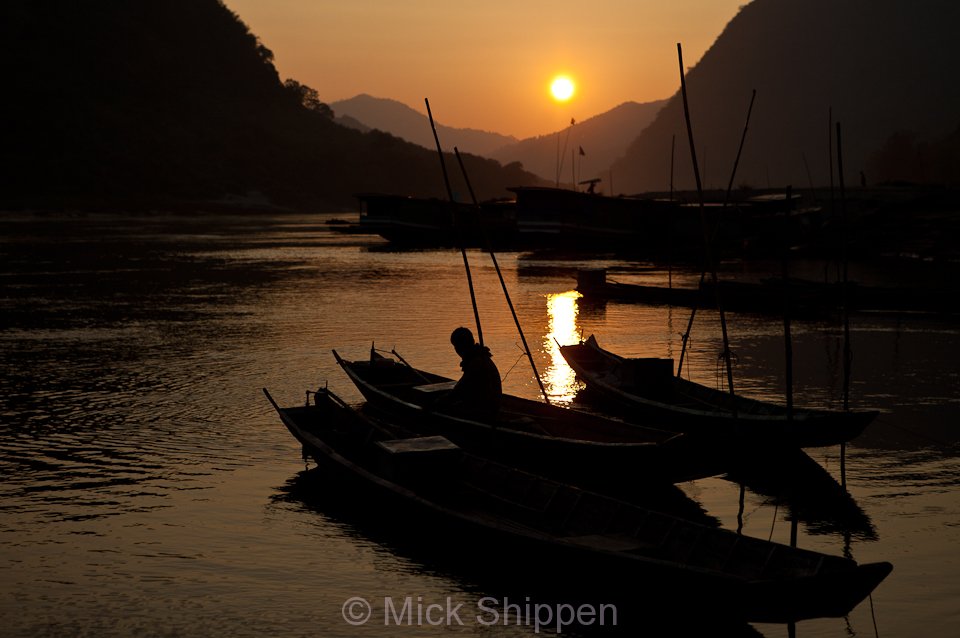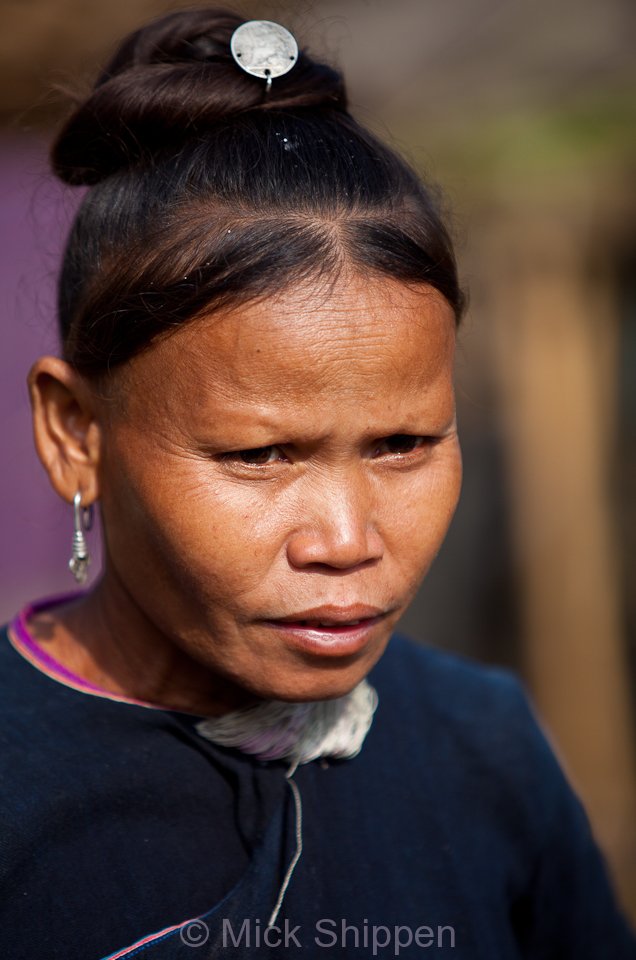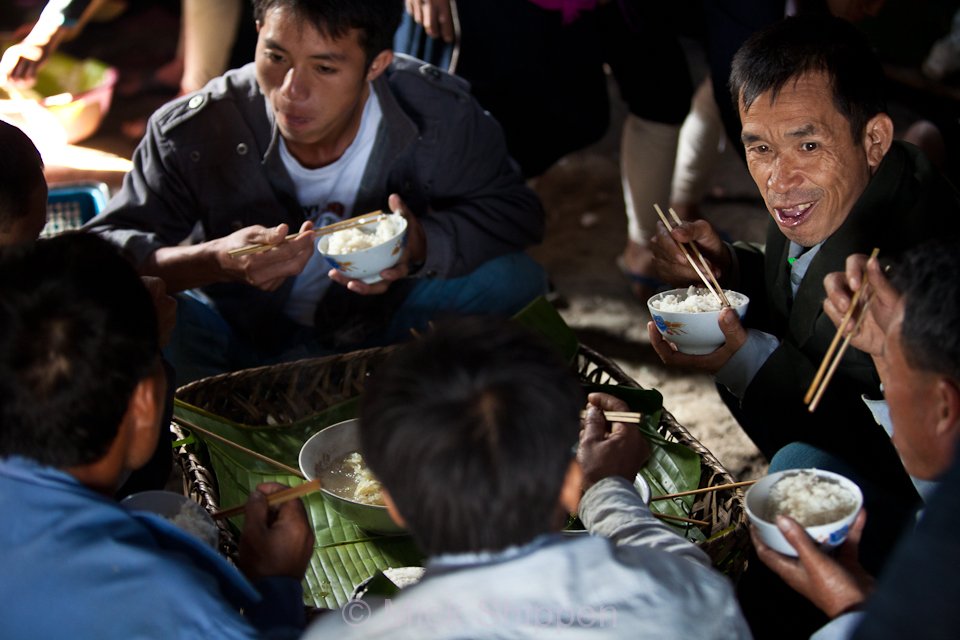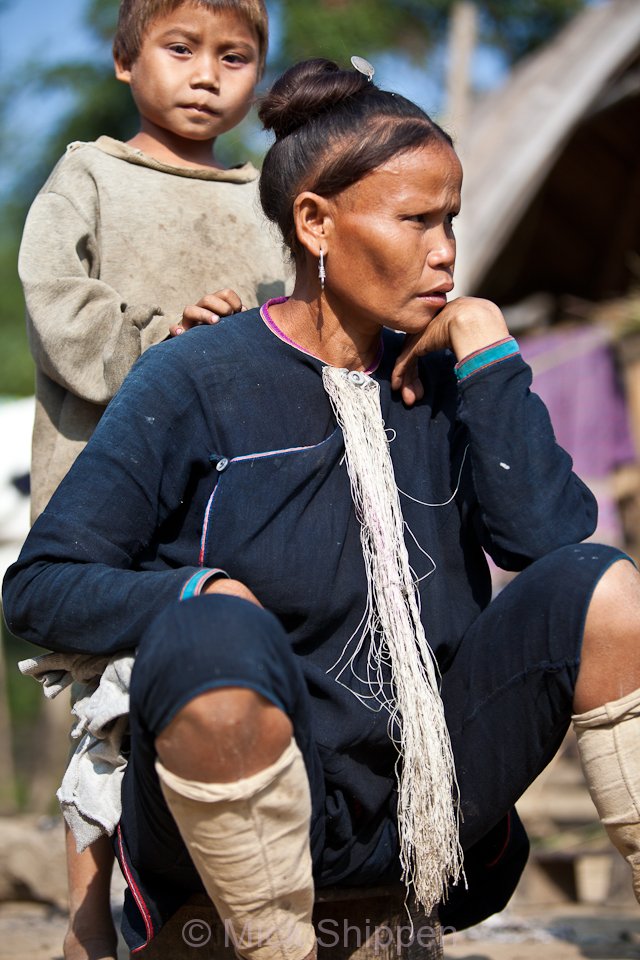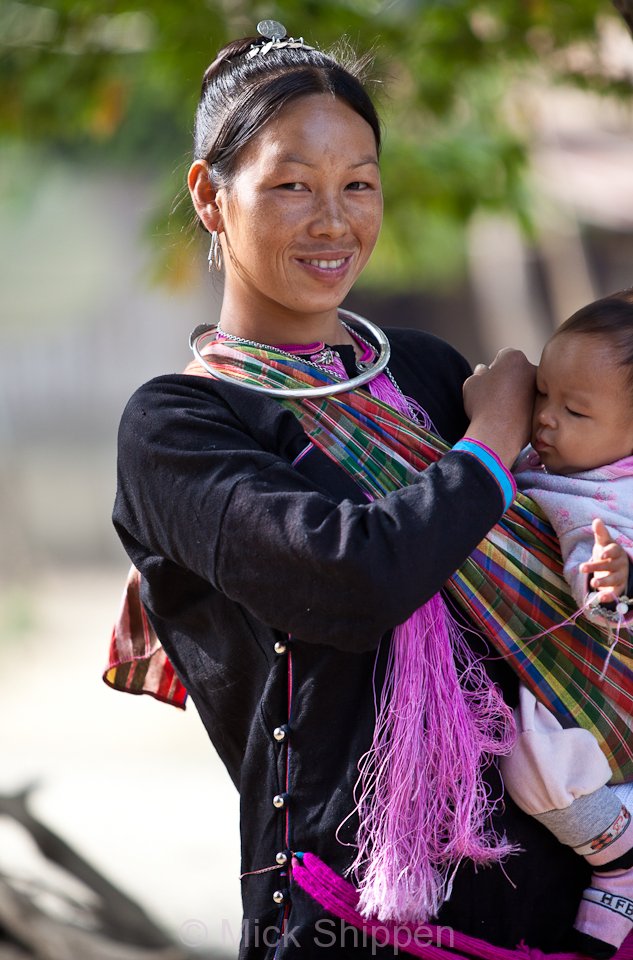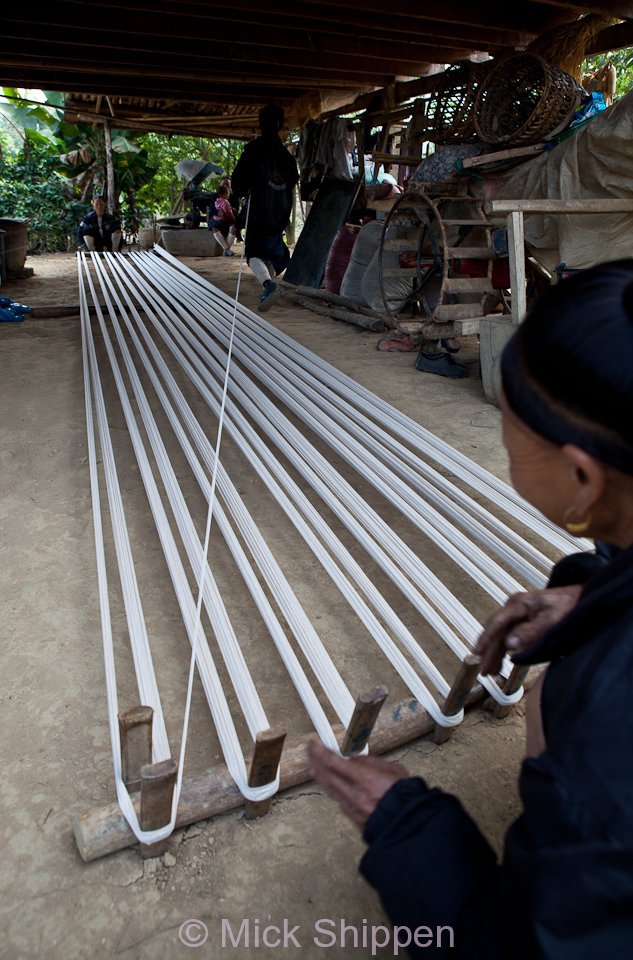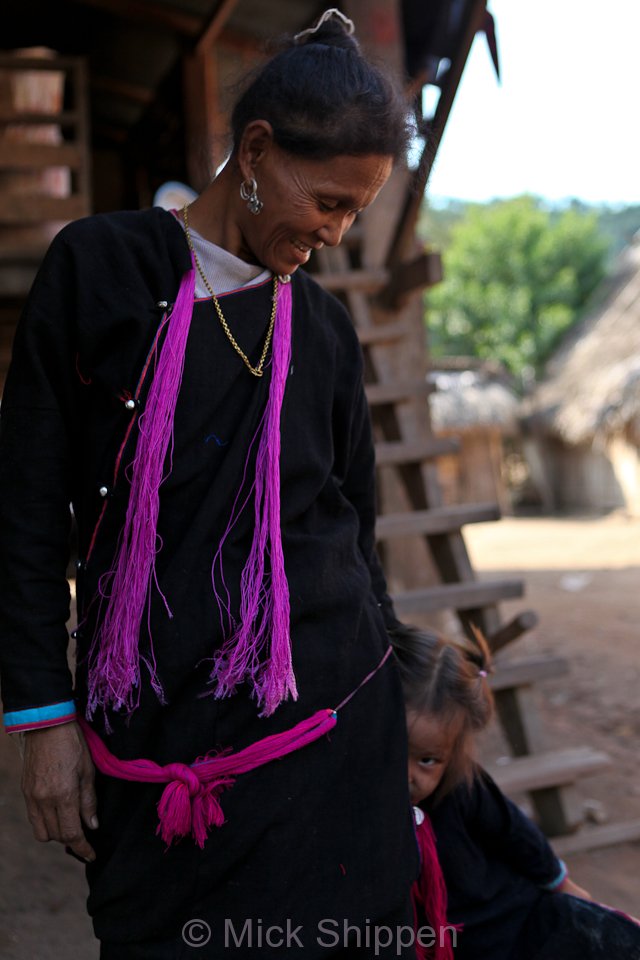For adventurous travelers, one of the best ways to explore Laos is by motorcycle. For the past four years I’ve been taking a trip in November when the cool season arrives, and in February before it starts heating up again.
The country is home to deserted sealed roads winding through dramatic terrain and dense forests. It’s also covered with a network of red-dirt tracks leading to hill tribe villages in the mountains, and, thankfully, far off the backpacker trail.
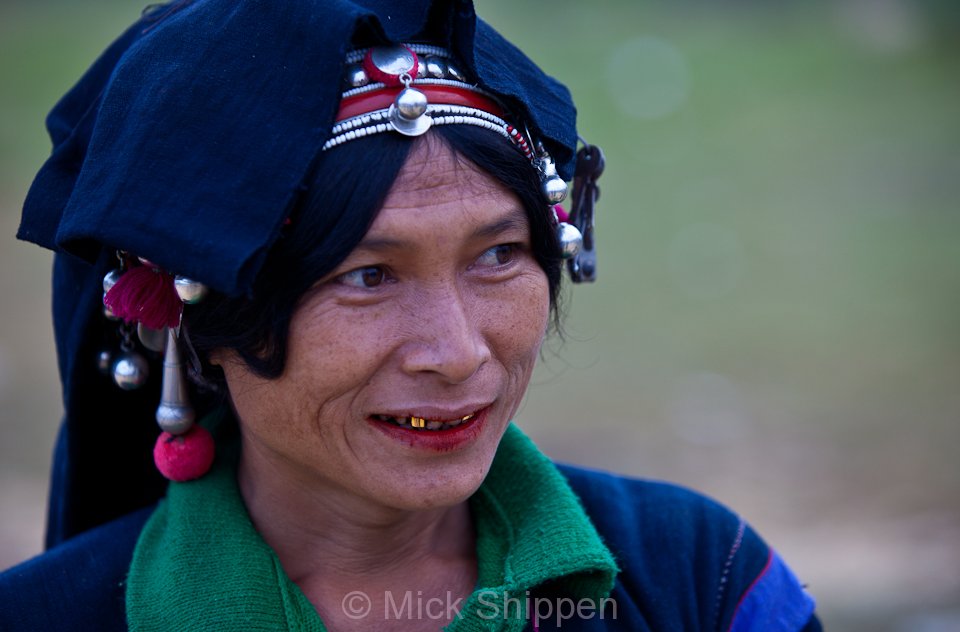
Two of the main hill tribe areas are Luang Nam Tha and Muang Sing. Although there are dozens of different ethnic groups in Laos the most concentrated in this particular region are the Akha. Subsistence farmers living in the highlands, the Akha are thought to have originated in Tibet, moving down through China, into Laos, Myanmar and Thailand a hundred or so years ago.
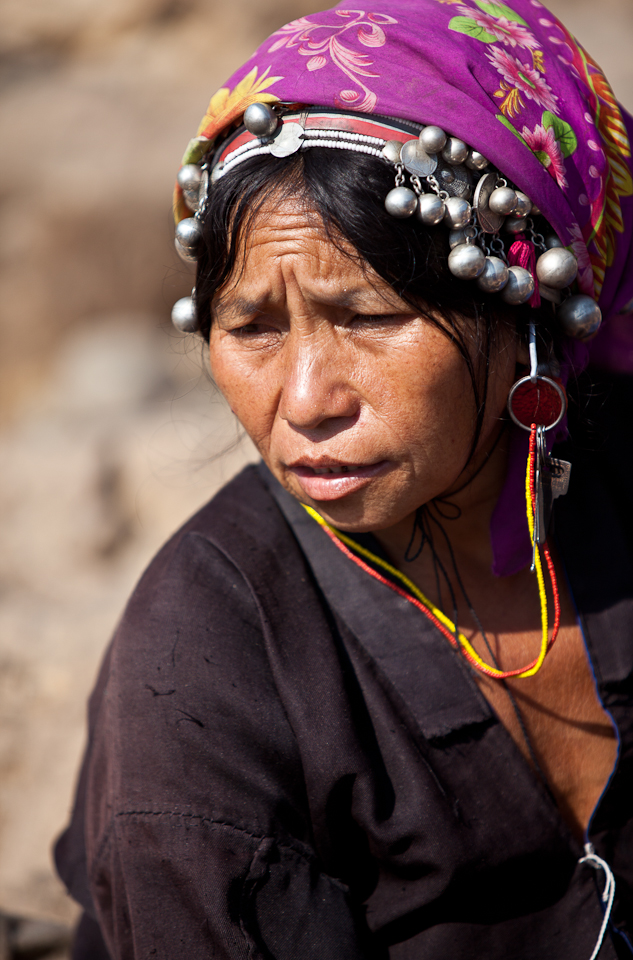
The Akha are a feisty and hardy bunch, far from shy and retiring like many hill tribes in Laos. There currently thought to be are 60,000 Akha in Laos, and unlike in neighbouring Thailand their culture and rich traditions have not been assaulted by rabid American Baptist missionaries. And long may it remain so. In more remote areas of Laos they are not particularly welcoming of outsiders and in fact are not that well liked by other ethnic groups.
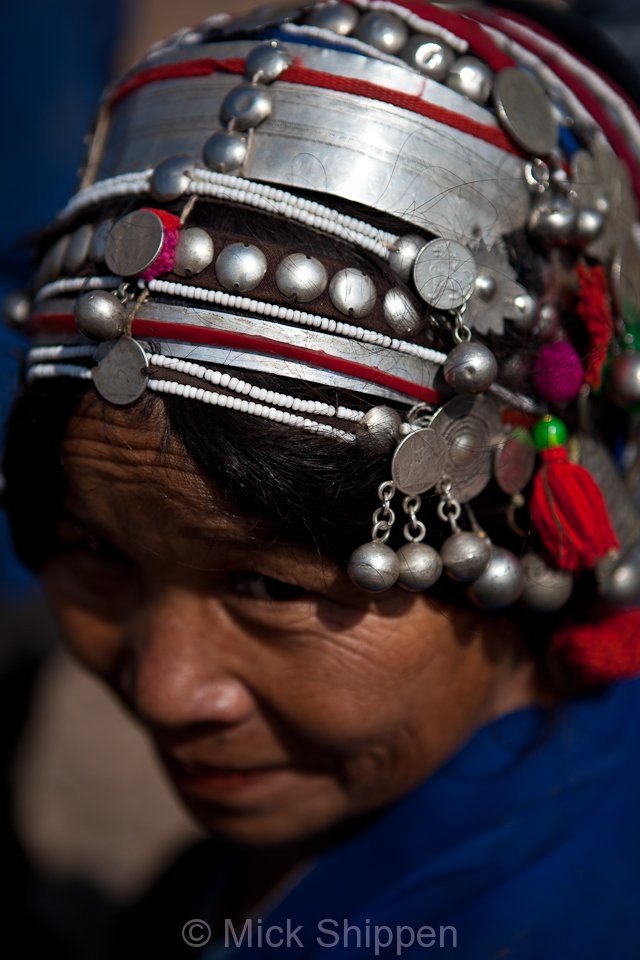
Akha women wear distinctive head gear decorated with silver coins and hand woven tunics – although these days it tends to be a mixed of traditional clothing and western attire. Generally the Akha men wear western clothing. As subsistence farmers they plant mountain rice, grow vegetables to eat and sell in the markets, and hunt a variety of wildlife, again to eat and sell. Raised on low stilts, their houses are made from bamboo and timber and have a steeply pitched thatch roof.
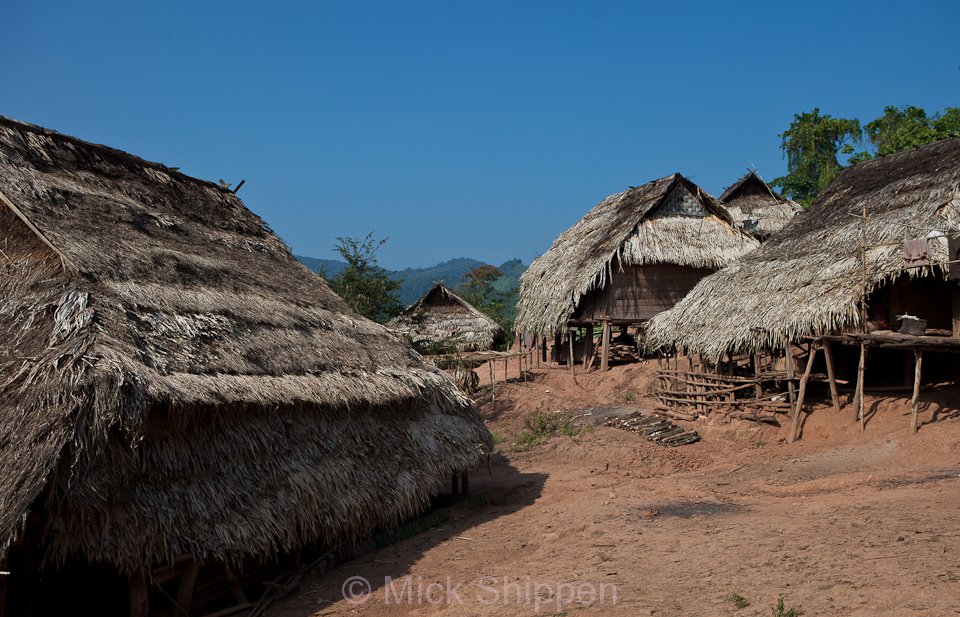
The Akha in Laos are animist who believe in spirits. Entrances to villages are protected by totems and often a skinned dog with its mouth open to scare away evil spirits.
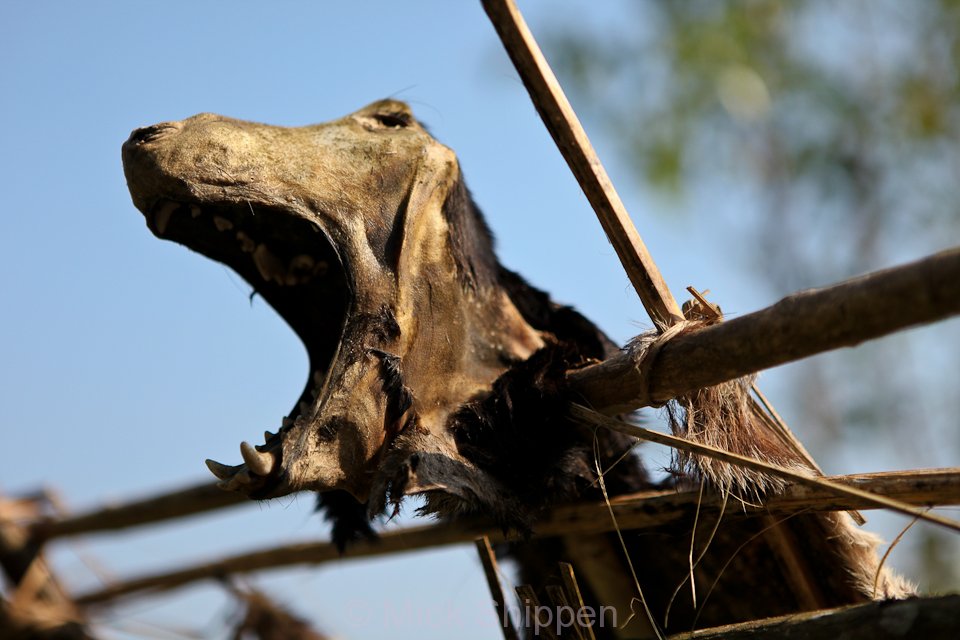
You can see more images in the Laos gallery.
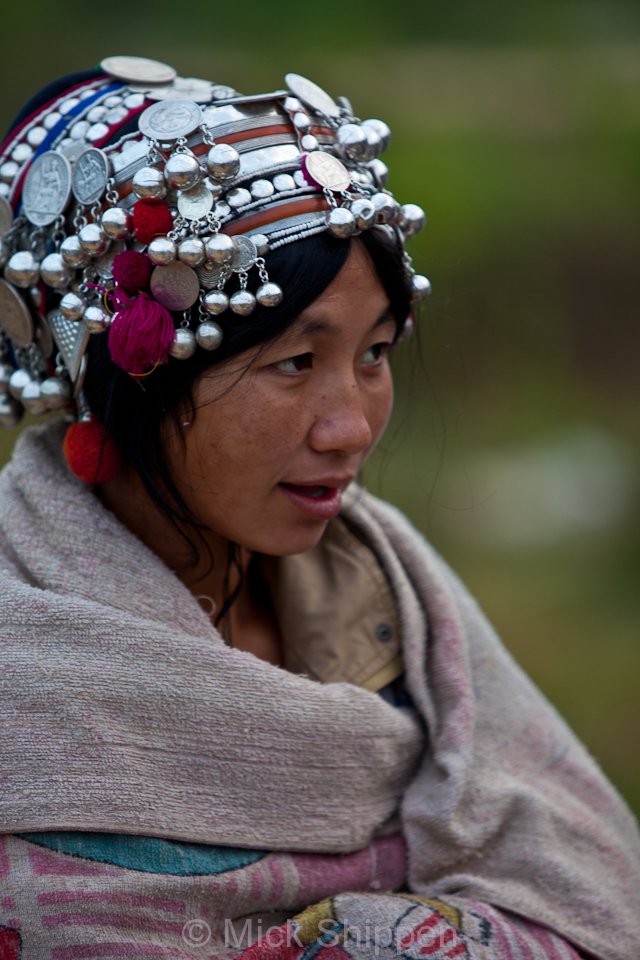
If you are interested in motorcycling in Laos or Thailand, check out www.gt-rider.com, a super website managed by Australian expat, David Unkovich. Resident in Thailand for the last two decades, David is a motorcycle enthusiast who has mapped many trails in northern Thailand and Laos. The website is packed with information covering the ins and outs of motorcycle touring in both countries. Visitors to the site can find out where to hire bikes, check out itineraries for day rides or longer tours, look at a gallery of pictures, and contribute to the forum.
